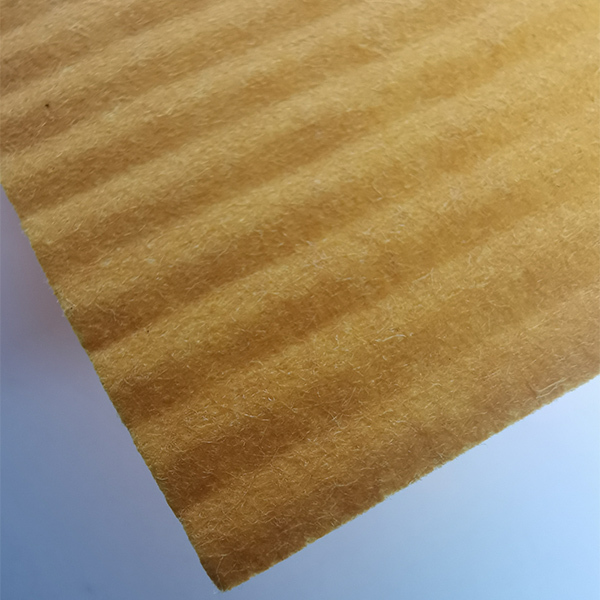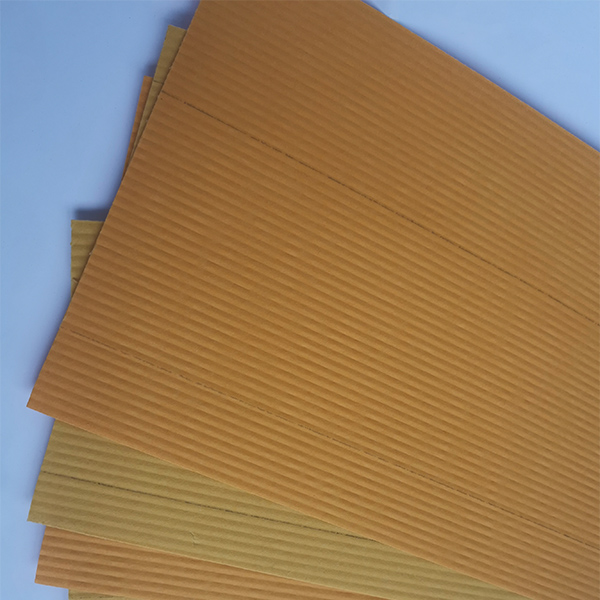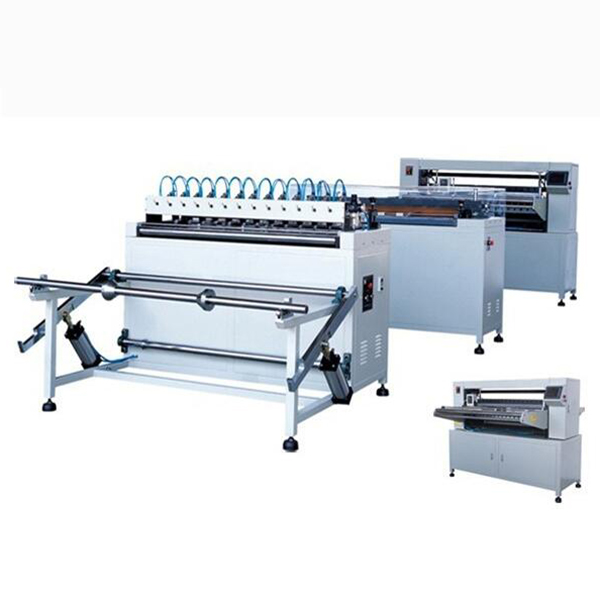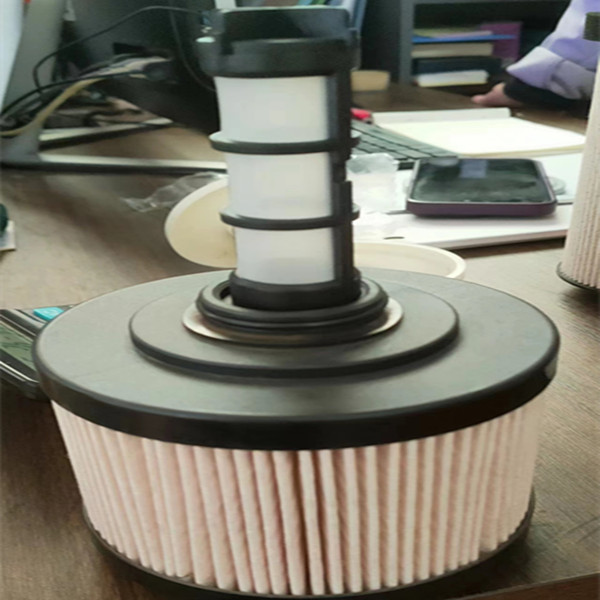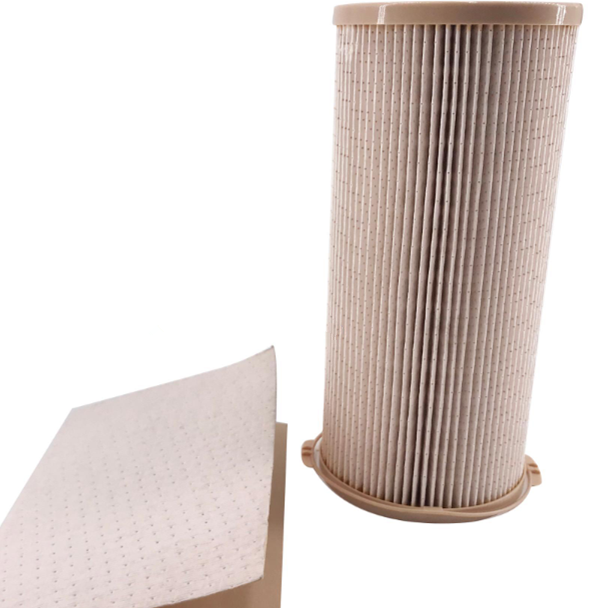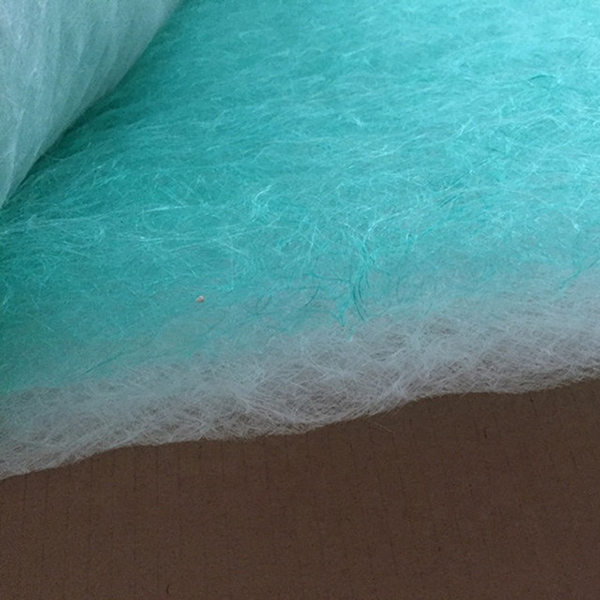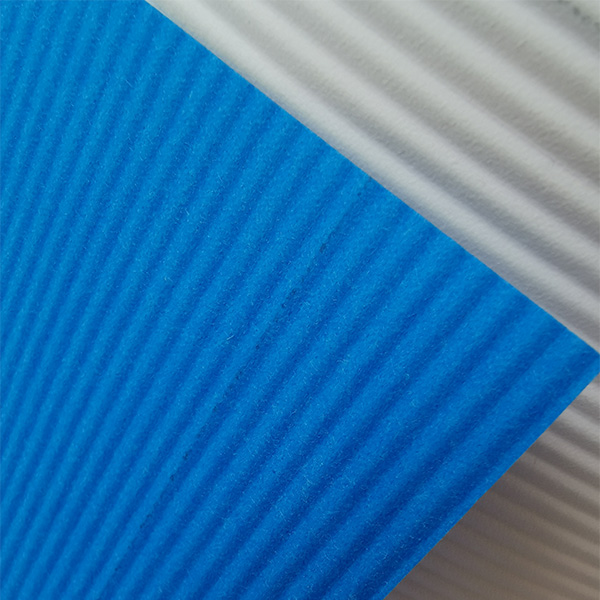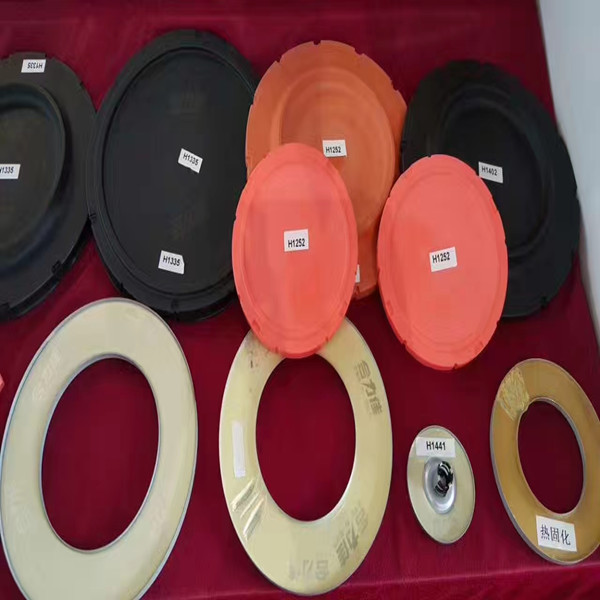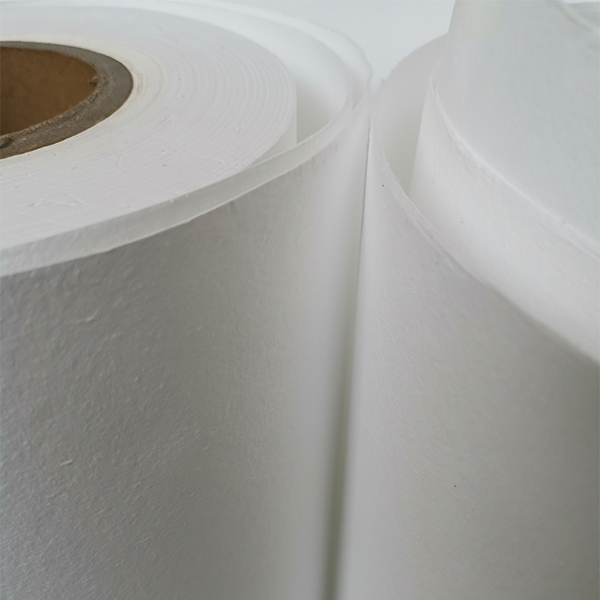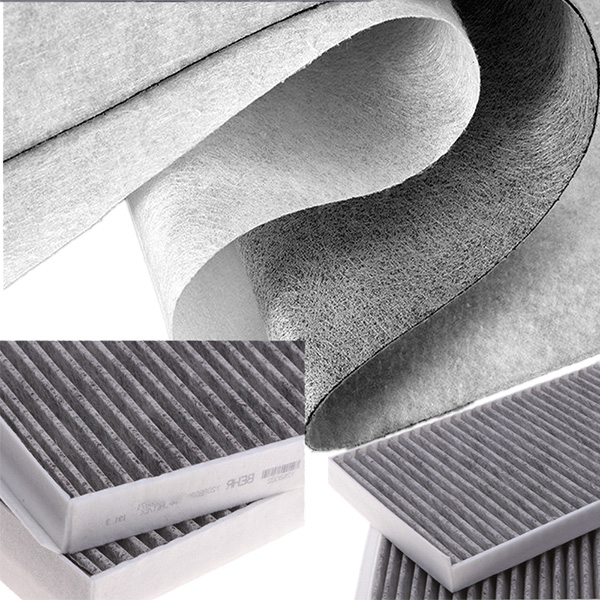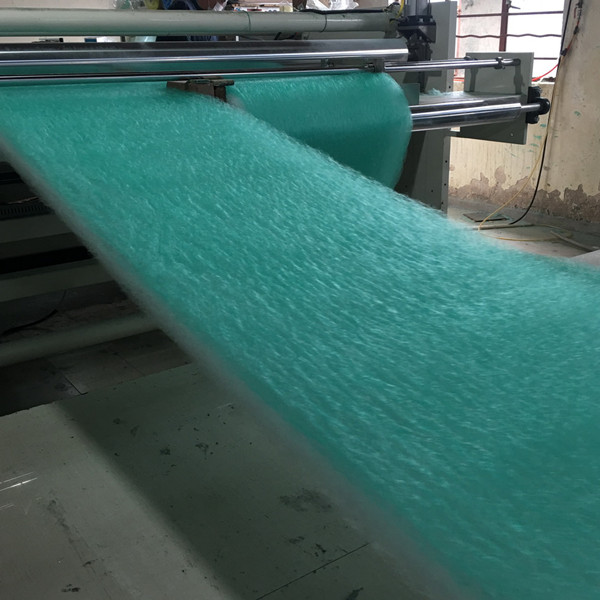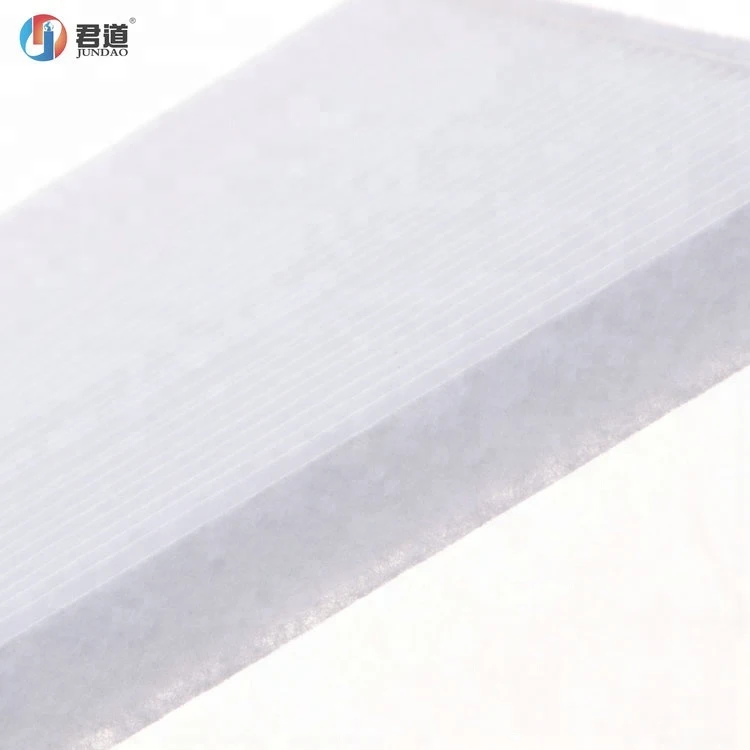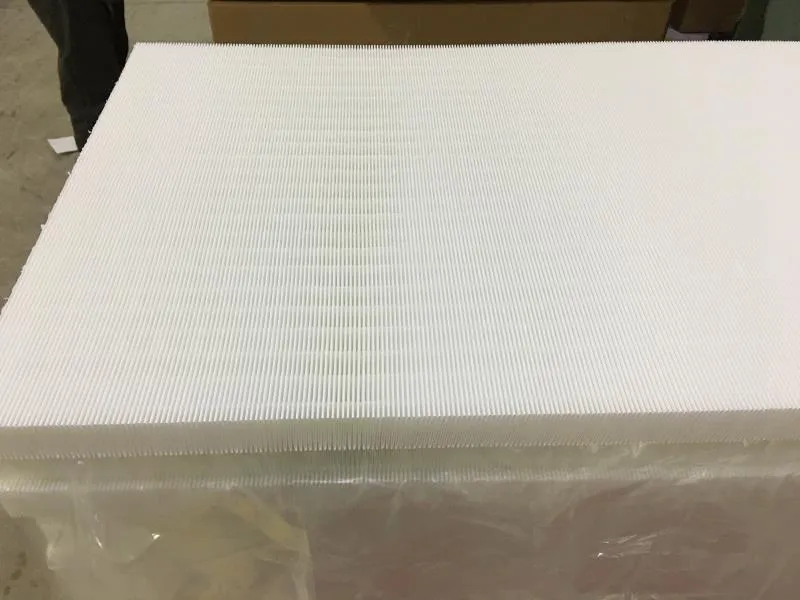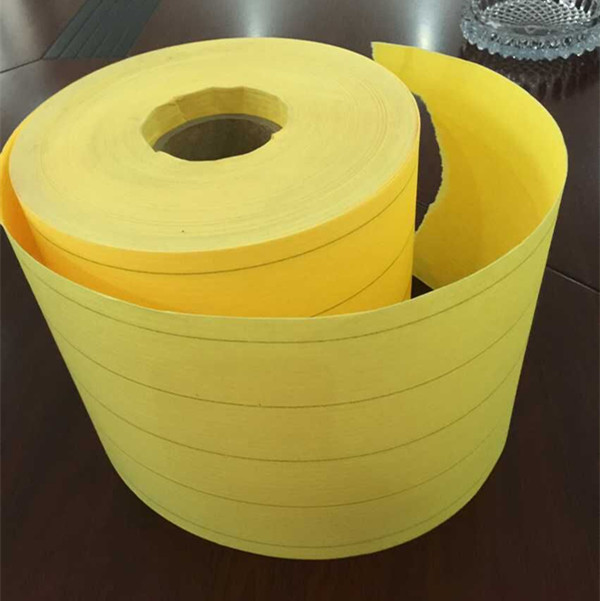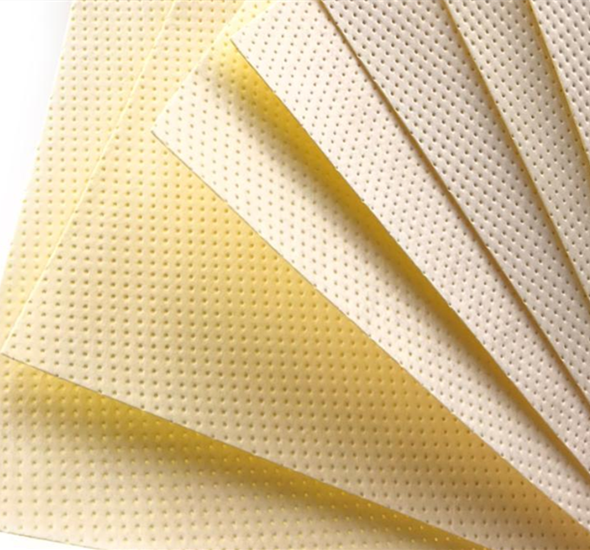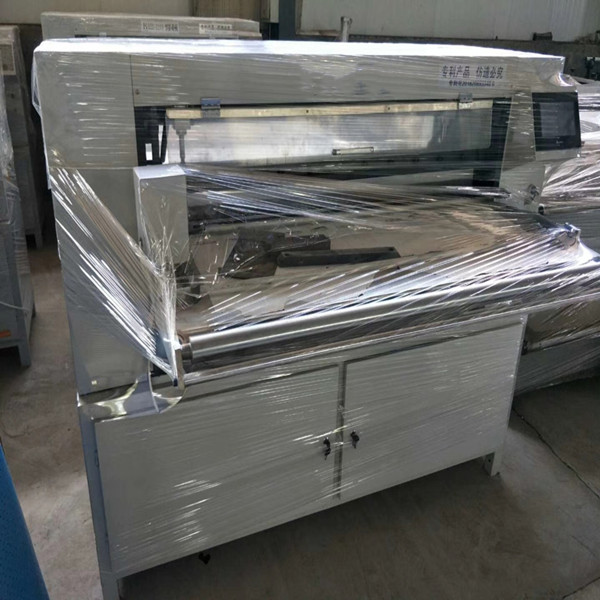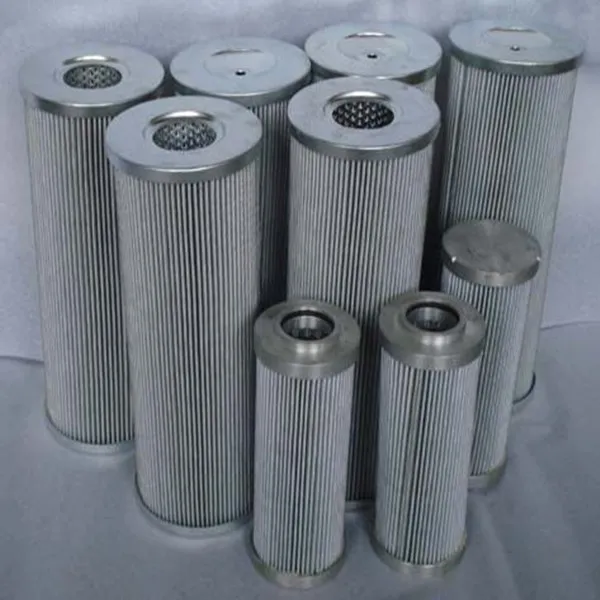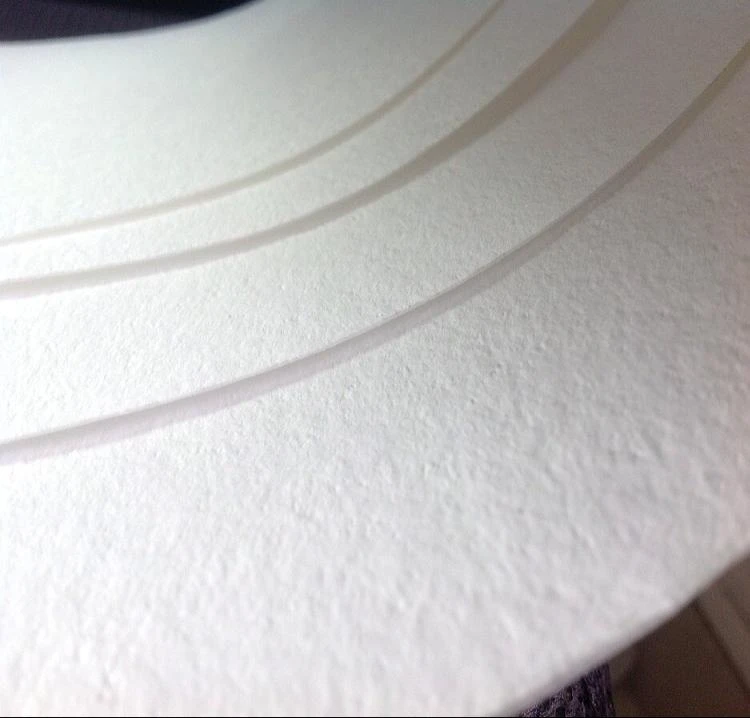U trasportu publicu hè diventatu un novu situ di periculu oculatu per a nova infezione di a pneumonia di a corona, è u risicu di trasmissione hè altu. Ci sò stati parechji casi di trasmissione è di malatie causati da u trasportu di autobus, taxi è metro. Durante u periodu di prevenzione è cuntrollu di l'epidemie, in più di rinfurzà a prevenzione di l'epidemie è a gestione di cuntrollu in u campu di u trasportu (cum'è a spaziatura di i posti, a riduzione di a vendita di biglietti, etc.), è a riduzione di u risicu di trasmissione di virus in u trasportu publicu, a guida hè diventata u modu più sicuru di viaghju.
Ma hè veramente infallibile viaghjà in vittura?
In fattu, ancu se guidà una vittura privata pò riduce in modu efficace a probabilità di cuntattu cù i pazienti cù nova pulmonite coronaria cumparatu cù i metro è l'autobus, ma perchè a vittura stessa hè un ambiente chjusu, una volta chì u passageru hà una persona infettata, pudete esse infettatu. U sessu hè ancu assai aumentatu. Dunque, ancu s'è a guida hè u modu di trasportu più sicuru in una certa misura, ùn deve micca ignurà e misure protettive necessarie quandu conduce un veiculu. In più di e misure di sicurezza menzionate quì, avemu sempre à riduce u cuntattu strettu è mantene a maschere. Cumu risolve u prublema di aumentà a probabilità di trasmissione di l'aria di u virus in un ambiente di vittura chjusu da a fonte hè più vale a pena di scopra, perchè questu hè micca solu durante l'epidemie. Avemu bisognu di cunsiderà e misure di sicurezza. Fora di l'epidemie, a qualità di l'aria interna di e vitture hè ancu strettamente ligata à a nostra salute è cunfortu.
How to improve the air quality in the car? In-car air quality has always been the focus of consumers’ attention. The new car quality research (IQS) report of the world’s authoritative research organization J.D. Power shows that car interior odor has become the first dissatisfaction in the Chinese market for many years. The main factors affecting air safety in the car are: 1. Air pollution outside the car. Car exhaust, PM2.5, pollen and other harmful suspended particles sneak into the car through the car window or air conditioning system. 2. Interior materials. There are a large number of non-metallic parts that are easy to volatilize in the car, such as plastic door panels, leather seats, and damping panels. There are 8 common volatile organic compounds in vehicles, and clear limits are given for these 8 substances in the national standard GB/T 27630-2011 “Guidelines for Air Quality Evaluation of Passenger Cars”. Serial number project Restriction requirements (mg/m³)
1 benzene ≤0.11
2 Toluene ≤1.10
3 Xylene ≤1.50
4 Ethylbenzene ≤1.50
5 Styrene ≤0.26
6 formaldehyde ≤0.10
7 Acetaldehyde ≤0.05
8 Acrolein ≤0.05
In order to solve the peculiar smell in the car and improve the air safety in the car, it is necessary to increase the cycle purification link in the closed car environment, and there is no doubt that the car air conditioning filter has become an important responsibility. The car air conditioner provides the original power for the exchange of indoor and outdoor air, but in order to satisfy the purification of the indoor circulating air, the outdoor air enters the car after being filtered. The filter becomes an essential artifact for the car owner! The small body shows great power, creating a safe and reliable space in the car, allowing car owners to enjoy healthy breathing at all times. Editor’s reminder: In order to avoid secondary pollution of the car air conditioner filter, generally speaking, it should be replaced after two to three months of use (the specific replacement frequency can be considered according to the actual frequency of use)

